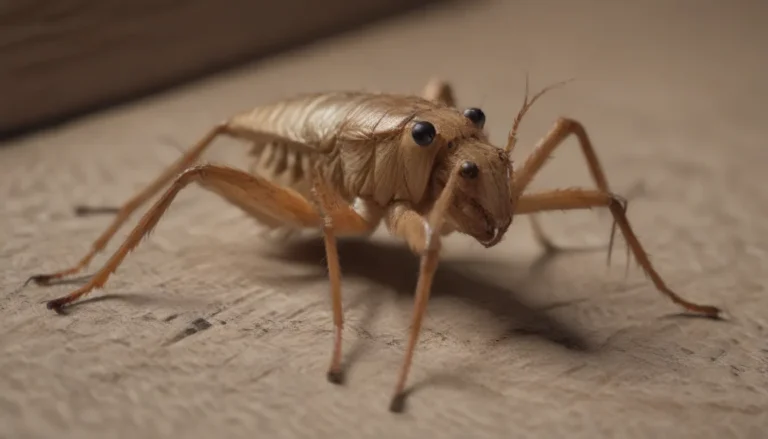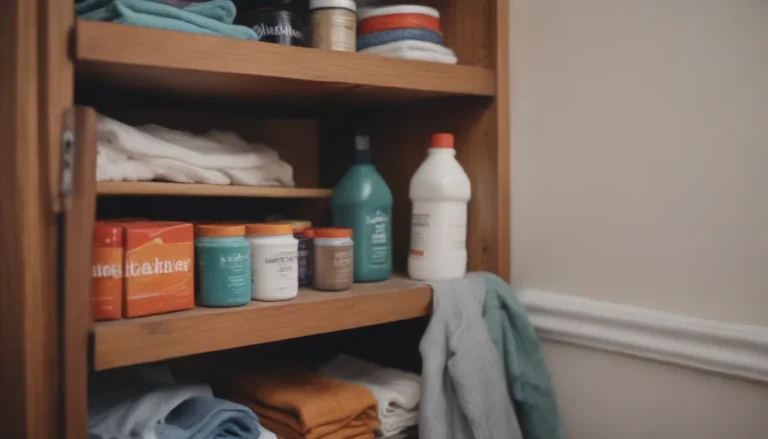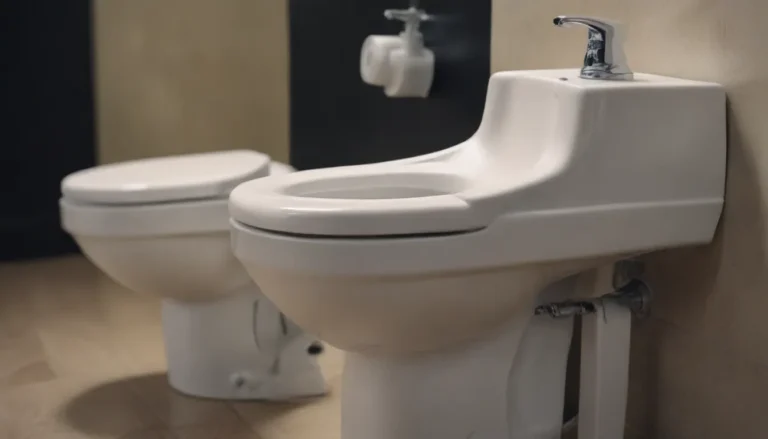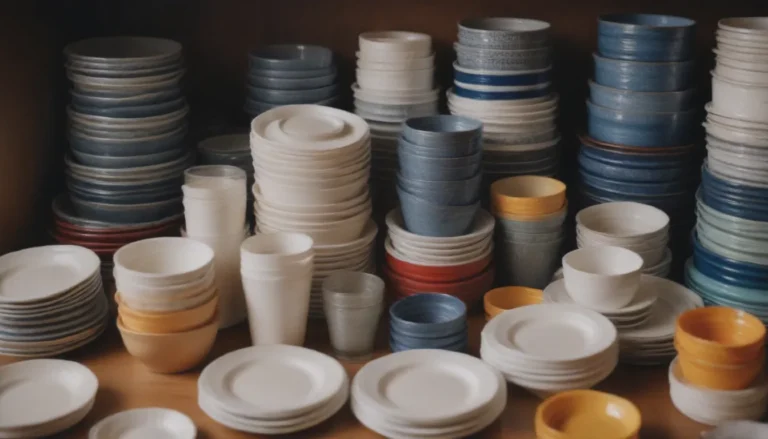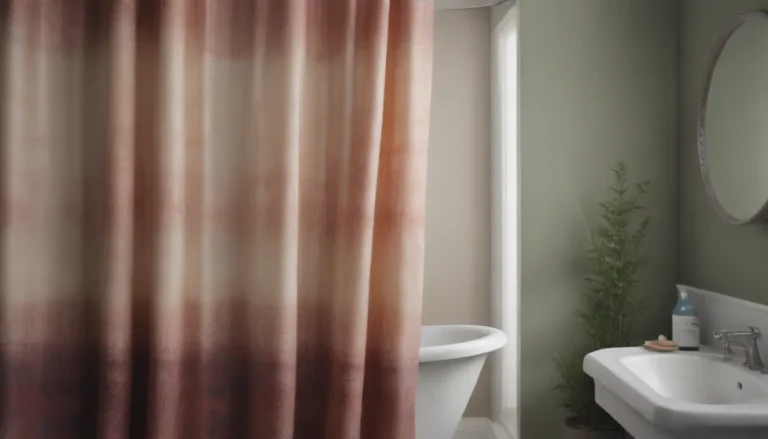Uncover and Identify Mouse Nests: A Complete Guide

So, you’ve noticed some unwelcome guests scurrying around your home – mice. The sight of even one mouse can be unsettling, but the thought of a whole family of them living in a cozy nest somewhere in your house is downright disturbing. Finding and identifying a mouse nest may seem like a daunting task, but fear not! With the right knowledge and a bit of detective work, you can locate these hidden dwellings, dispose of them, and prevent those pesky mice from taking up residence in your home again.
First things first, it’s essential to understand that mice are not just a nuisance; they can also pose a health risk. These tiny creatures can spread diseases that are harmful to humans. So, if you suspect you have mice in your home, it’s crucial to take action to remove any nests and prevent them from returning. Always remember to wear gloves and a protective mask when cleaning areas where mice have been spotted.
Signs to Look for When a Mouse Is Nesting in Your House:
Here are some telltale signs that mice may be nesting in your home:
- Droppings: Keep an eye out for small, black droppings scattered around your home, particularly in hidden or dark areas.
- Unusual noises: Mice are nocturnal creatures, so you may hear them scurrying around at night, especially close to walls or baseboards.
- Chewed wires or furniture: Mice have a habit of gnawing on things, so look out for shredded paper, cardboard, or fabric.
- Foul odor: A strong, musty smell could indicate the presence of a mouse nest nearby.
Where Mice Like to Build Their Nests:
Mice are known for their resourcefulness and will nest in various places around your home. Here are some common areas where you might find a mouse nest:
- Inside walls, where they can remain hidden and undisturbed.
- Crawlspaces, attics, and basements, where it’s dark and secluded.
- In drawers or cabinets in less frequented rooms.
- Motor compartments of appliances, where they can pose a fire hazard.
- Outside your home, in sheds, woodpiles, or piles of debris.
Characteristics of a Mouse Nest:
Now, what exactly does a mouse nest look like? Here are some key features to help you identify one:
- Size: Mouse nests are typically three to six inches in diameter.
- Materials: They are made of paper, string, cardboard, bedding, fabric, and sticks.
- Location: They are usually hidden in dark, isolated spots with a single entrance.
- Droppings: Look for an abundance of droppings surrounding the nest.
Remember, if you spot a mouse nest in your home, it’s essential to act swiftly to prevent a full-blown infestation.
What to Do When You Find a Mouse Nest:
Here’s a step-by-step guide on what to do when you come across a mouse nest in your home:
- Dispose of the Nest: Put on gloves, carefully remove the nest, and dispose of it in a sealed plastic bag far from your home. If there are mice still inside, release them away from your house.
- Clean and Sanitize: Thoroughly clean the area where the nest was found using bleach to kill any harmful bacteria.
- Prevent Re-Infestation: Fill any holes or entry points with steel wool to prevent mice from returning.
- Choose a Control Method: Decide on the best mouse control method for your situation, whether it’s traps or catch-and-release options.
It’s crucial to remember that simply disturbing a mouse nest may not be enough to deter them from returning. Be proactive in preventing re-infestation to keep your home mouse-free.
How to Prevent Mice from Returning:
To keep mice at bay and prevent future infestations, here are some additional tips to consider:
- Seal cracks and crevices around your home to block potential entry points.
- Keep food stored in airtight containers and clean up crumbs and spills promptly.
- Trim back bushes and vegetation around your home to eliminate hiding spots.
- Consider using natural deterrents like peppermint oil or cedar chips to repel mice.
By taking these preventive measures, you can reduce the likelihood of mice returning to your home.
In conclusion, while finding and identifying a mouse nest may initially seem challenging, armed with the right information and strategies, you can effectively deal with these unwanted houseguests. Remember to act promptly, dispose of any nests safely, and take proactive steps to prevent re-infestation. With a little detective work and dedication, you can keep your home mouse-free and create a safe, healthy environment for you and your family.
